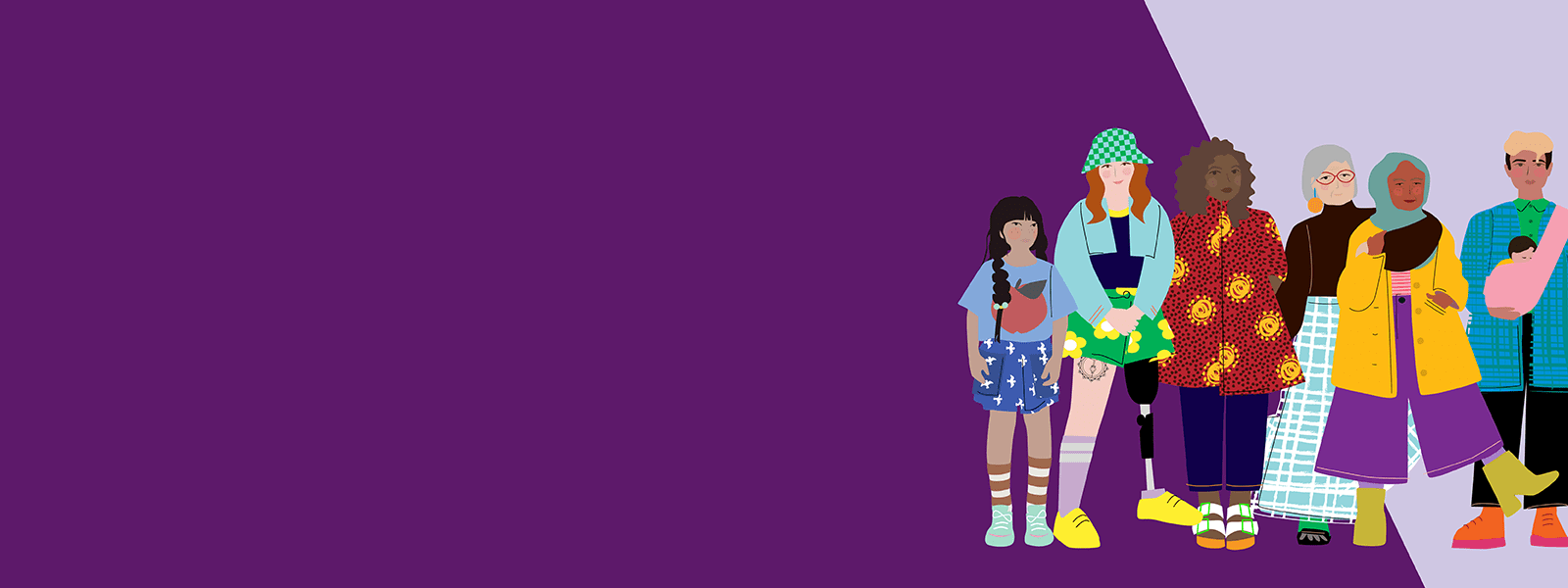Older Victorians can be vulnerable to abuse due to social isolation and having to depend on family members. Elder abuse can be physical, sexual, financial or psychological. For some older women and gender diverse people, this can follow a lifelong pattern of family violence. Sexism, racism and ageism intersect and compound one another and increase the likelihood and severity of abuse. Multicultural, multifaith and Aboriginal seniors face an increased risk of elder abuse. [1]
Elder abuse is most often perpetrated by adult children or relatives of older people. It takes the form of financial, emotional and physical abuse, and neglect. Older people can face stigma, isolation, less personal agency and other barriers when seeking support or thinking about disclosing abuse.
LGBTIQ+ older people are subject to these forms of abuse, and can also experience abuse related to their sexuality or gender. This can make them feel pressured to hide their sexuality to access services.[2] Elder abuse experienced by gender diverse people from LGBTIQ+ communities is rarely reported.
Key statistic
- Most calls made to Senior Rights Victoria in 2020 were from women (72% compared with 28% from men). The calls mostly concerned psychological abuse (63%) or financial abuse (62%). [3]
Many older people talk about ‘becoming invisible’ as they age. [4] For older women, this can include feeling forgotten or overlooked in efforts to end gendered violence. [5] They can face more barriers to disclosure and seeking help. Sexual assault of older women often goes ignored and is under-reported. The physical effects can be severe and result in an increased need for health services, and poorer health and life expectancy. [6]
Through this strategy, we will continue to support primary prevention programs (under Free from violence and Ageing well) tailored for older people. This includes programs that:
- encourage positive attitudes to ageing
- challenge systemic forms of discrimination and marginalisation
- work to prevent and respond to the unique causes of elder abuse in Victoria.
References
[1] CA Walsh, JL Olson, J Ploeg, L Lohfeld and HL MacMillan, ‘Elder abuse and oppression: voices of marginalized elders’, 2010, accessed 12 April 2023. https://pubmed.ncbi.nlm.nih.gov/21253928/
[2] Allen C, LGBTQ abuse – an often unacknowledged form of elder abuse, Compass, 2023, accessed 12 April 2023. https://www.compass.info/audiences/lgbtqia/lgbtq-abuse-often-unacknowle…
[3] Australian Institute of Family Studies, National elder abuse prevalence study: final report, 2021, accessed 12 April 2023. https://aifs.gov.au/research/research-reports/national-elder-abuse-prev…
[4] Victorian Government, Ageing well action plan 2022–26.
[5] Our Watch, What is prevention? Preventing violence against older women, accessed 27 April 2023. https://action.ourwatch.org.au/what-is-prevention/preventing-violence-a…
[6] Senior Rights Victoria, Elder abuse, gender and sexuality, 2018, accessed 27 April 2023. https://seniorsrights.org.au/wp-content/uploads/2021/03/2018May1PolicyE…

Updated
